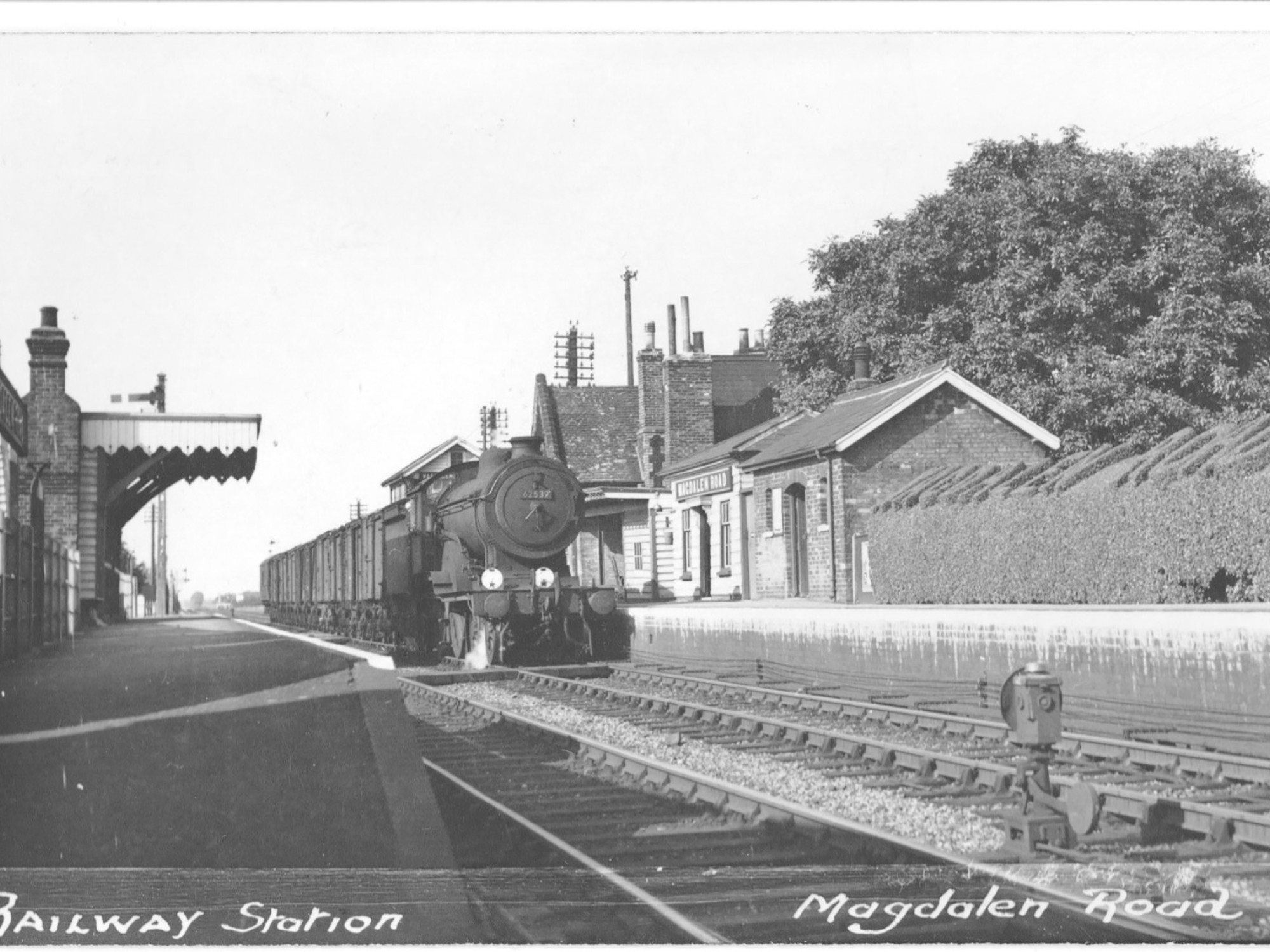
A special station saved by community spirit
Sitting on the fen line between King’s Lynn and Downham Market you’ll find a wonderful stop called Watlington, a small station rescued from ruin by a passionate and powerful pressure group…
Watlington Railway Station was opened on 27th October 1846 by the Lynn and Ely Railway company. The charming rural stop soon became an important part of village life, as it brought great change to an area where people had rarely travelled. Locals soon found themselves with more opportunities and freedom, especially when the track was extended the following year to connect King’s Lynn with Ely and London. In 1862, the station became part of the Great Eastern Railway Company, and in 1875 they renamed it ‘Magdalen Road’. The reason for this was to avoid confusion, as an identically named station had recently been opened in Oxfordshire.
Despite being a small countryside stop Magdalen Road saw plenty of activity, as it was where the Peterborough and Wisbech branch joined the main line. The station soon became a busy junction for goods and passengers, and in the early twentieth century it had a resident Station Master, three Porters, a Crossing Gate Keeper, and a Signal Man.
A great deal of produce passed through Watlington, so staff never seemed to stand still. Daily there would be wagons of livestock to be loaded and unloaded, milk and trays of fresh fruit, fish, and vegetables to be carted between platforms (along with mail bags and luggage) and deliveries of coal for the station buildings. In addition, 40-gallon casks of rape seed oil for the signal lamps would regularly arrive – and some of this was often ‘borrowed’ by locals to clean their bicycles and gardening tools.
Despite all the hustle and bustle, the staff took great pride in their station and ensured it always looked its best. A beautiful garden filled with flowers and herbs was dutifully maintained by the station master, and attendants from the dining car on passenger trains would often alight to pick fresh parsley for their cuisine. However, the station’s most delightful and noticeable feature was undoubtedly the hedge behind Platform One as, with meticulously clipped letters, it proudly read ‘MAGDALEN ROAD.’
But as time went on the growing efficiency of road transport caused a decline in the use of rail and in 1968 Magdalen Road Station was shut as part of Dr Beeching’s rail closures. Trains from London roared through without stopping, the pretty garden was invaded by a mass of tangled brambles and the magnificent Magdalen Road hedge soon became indecipherable.
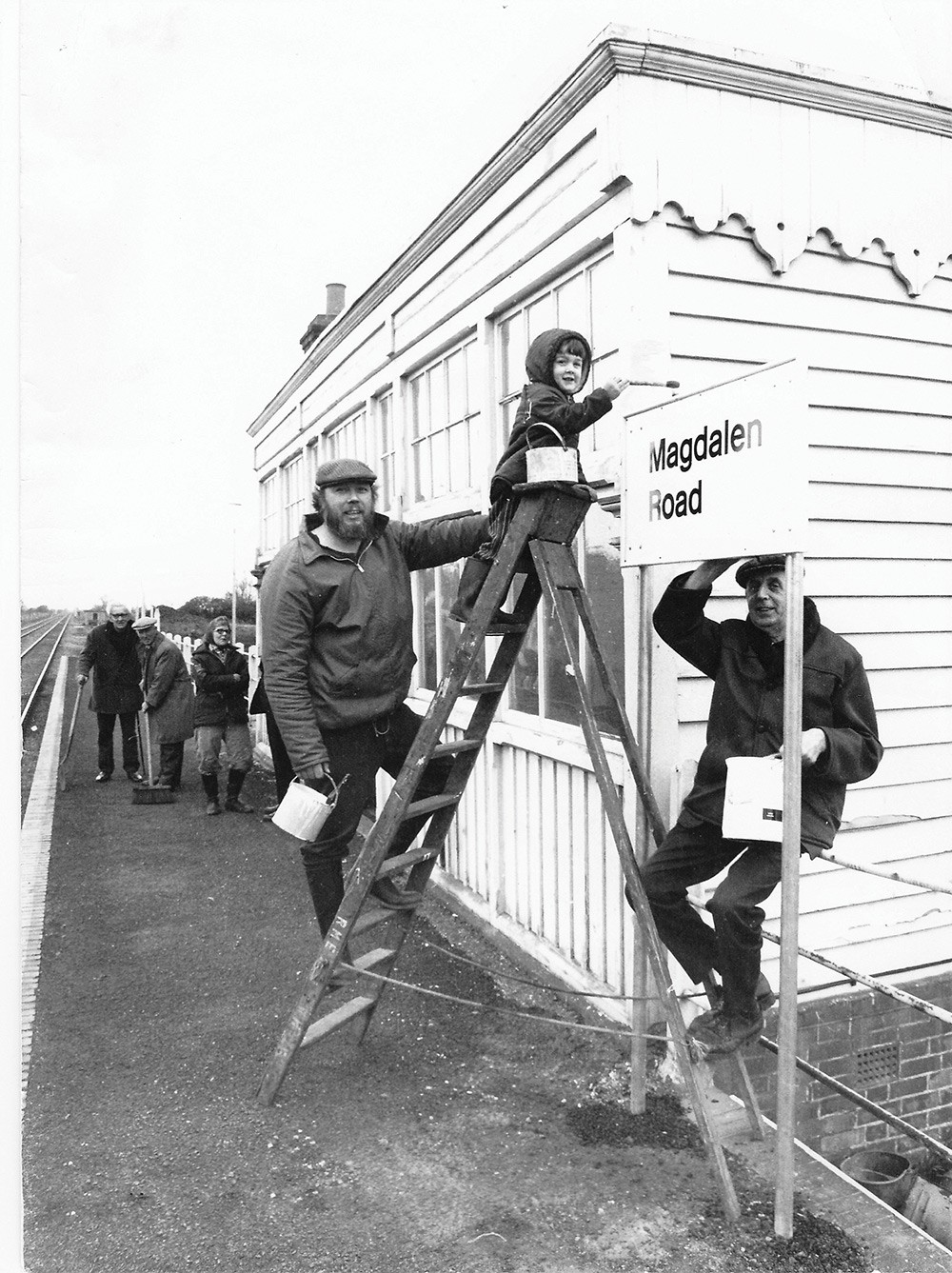
The villagers of Watlington were deeply saddened by the loss of their stunning station and, with the expansion of King’s Lynn’s industry, the population was rapidly rising and the railway was needed more than ever. This prompted Mr Ron Callaby, an ex-signalman at Magdalen Road, to see what steps could be taken to bring the station back to life. In 1973 Callaby became a member of the ‘Transport 2000’ campaign, which aimed to improve public transport networks.
A meeting with a British Rail representative was called in King’s Lynn and attended by a newly formed pressure group consisting of Mr Callaby, Hugh Lacey (the village doctor) and two determined local housewives, Kate Carpenter and Joyce Partridge. British Rail admitted they had no objection to reopening Magdalen Road but had insufficient funds to do so - a total of £535 would be needed to refurbish the station and provide suitable lighting for each platform.
However, the dedicated pressure group were determined, and made it their mission to raise the money and restore their station to its former glory. Kate and Joyce busied themselves with fundraising activities, organising two dances and three tombolas and gathering donations with the help of their neighbour Johnny Lemon.
Parties of villagers cleared brambles from the platforms, cut back bushes, and repainted the waiting room.
Their labours were assisted by a strong sense of community (and beer provided by Dr Lacey) and the experience brought the whole village closer together. All the hard work proved to be worth it when, in November 1974, British Rail announced to delighted locals that the station would reopen the following spring.
‘’It really was a village effort,’’ Kate remembers. ‘‘It took a lot of perseverance, but together we made it happen.’’
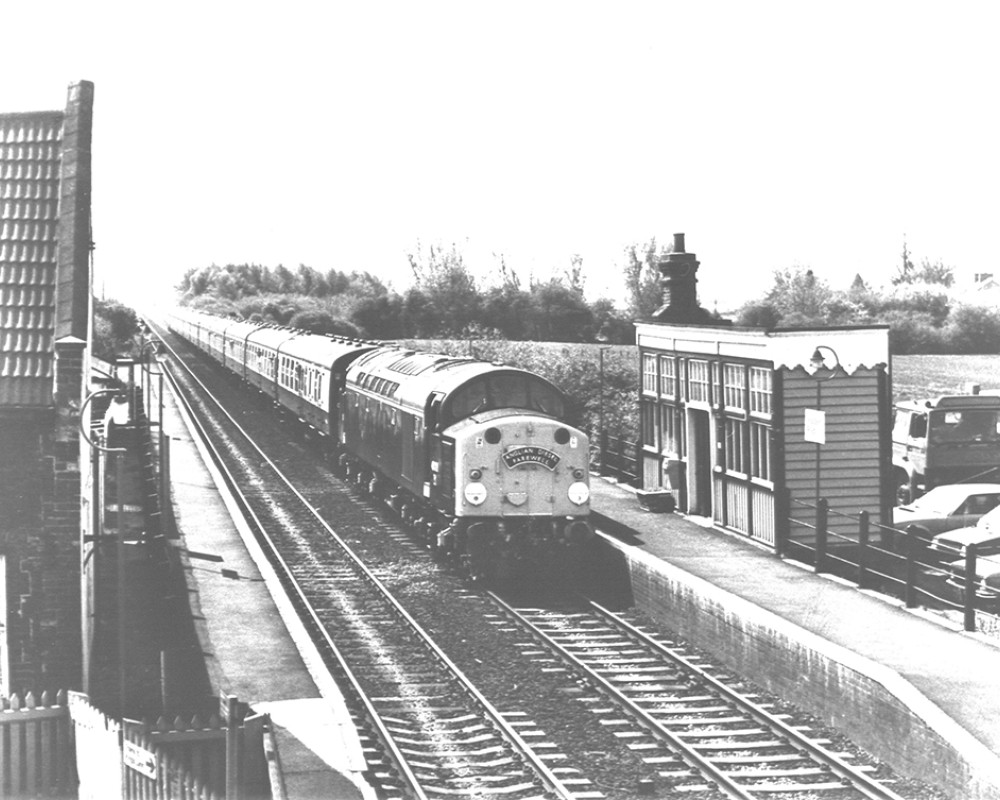
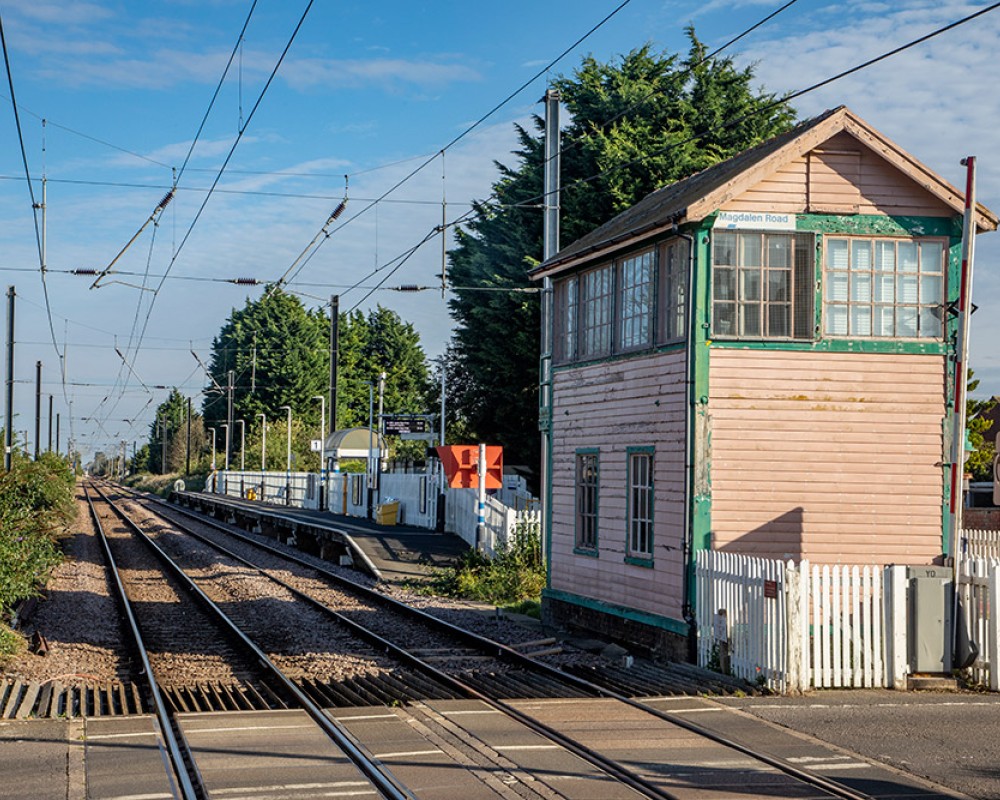
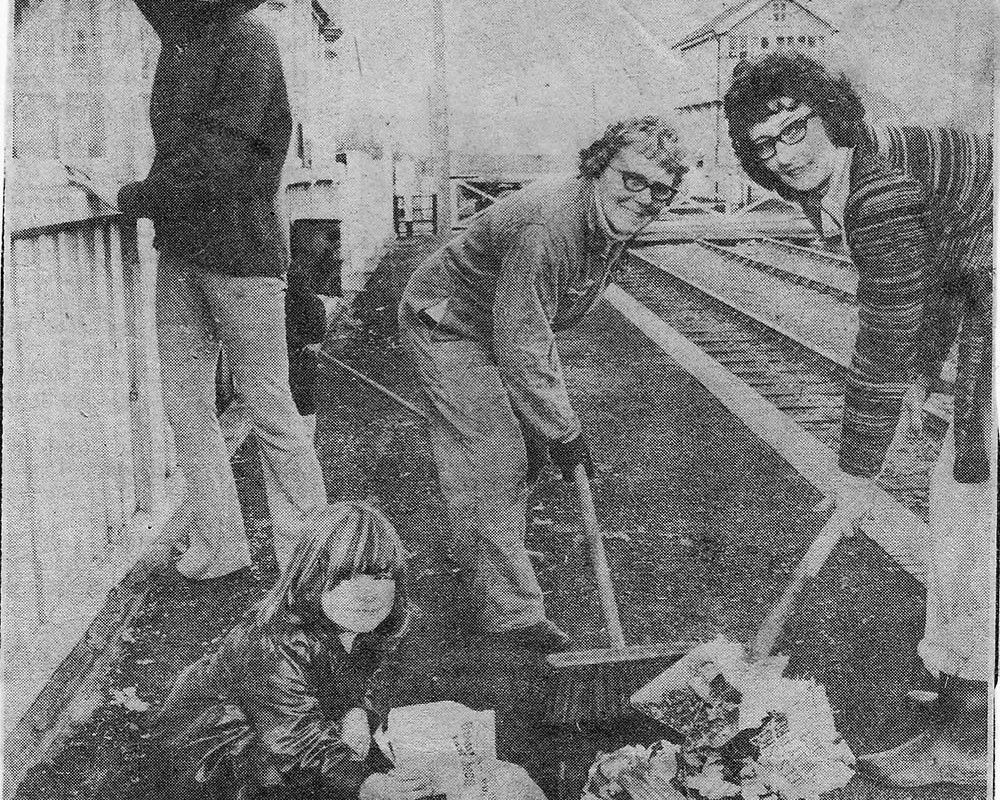
The grand reopening day arrived on the 5th May 1975, and it was a truly spectacular occasion. An excited crowd packed the long-deserted platforms, and brightly coloured bunting hung from the brand-new lamps. A glossy blue ribbon stretched across the tracks and scores of children from local schools stood either side, many waving flags they had carefully made and decorated with good luck messages.
At 10.49, a cheer arose and Hilgay Silver Band struck up a jubilant tune as a train bearing a badge that read ‘The Magdalen Road Special’ pulled into the station.
‘’It was extremely exciting and dramatic, a very happy day for the village,’’ says Dr Lacey. ‘’The station felt like part of the family, and we all enjoyed saving it. It was good fun.’’
Everyone involved in the reopening felt a strong sense of achievement, and they were met with further delight when the stop regained its original name of ‘Watlington’ in 1989. ‘
‘Almost everyone in the village did something to help, and the whole experience increased our sense of community spirit,’’ says Kate. ‘‘We did a good thing, and our faith in the future of our station has been proved by the vast number of passengers using it today.”
For more details about this story and the restoration project, please visit www.watlingtonnorfolk.co.uk
